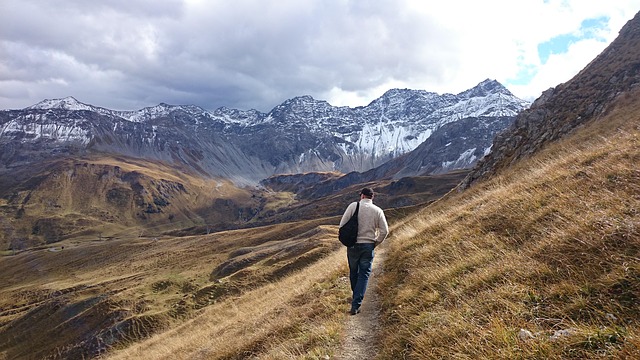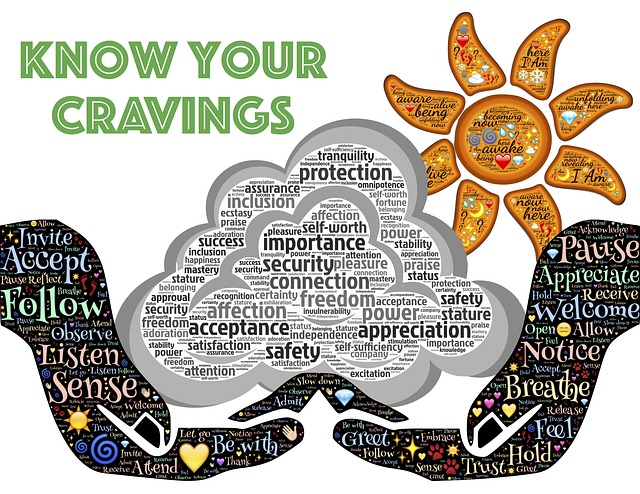In a previous post, I discussed how action learning and mindfulness can be mutually reinforcing in terms of building self-awareness. With action learning, the catalyst for self-awareness and redefinition of self and role are the external challenges that confront the limitations of your own sense of self. For mindfulness, the pursuit of awareness leads to the exploration of your own thoughts and emotions in everyday life and particularly in relationships and interactions.
Reflection in action learning moves from the outside to the inside, while reflection in mindfulness moves from the inside to the outside. Hence, action learning and mindfulness are complementary and mutually reinforcing.
In this post, I want to explore how action learning and mindfulness are mutually reinforcing in relation to development of the art of reflection.
Reflection
Reflection is a process of exploring our understandings and feelings we have identified as part of a review of our actions and their outcomes, intended and unintended, or a process of exploring both our understandings and feelings that we are experiencing during the course of some action or inaction.
Donald Schön (1983), author of The Reflective Practitioner: How Professionals Think in Action, argues that reflection defines the professional and he differentiates between reflection-on-action and reflection-in-action, the former occurring after we have taken some action, the latter involving reflection in the course of taking action.
Reflection-on-action
Reflection-on-action is often referred to as “reflective practice” which can be defined in the following way:
Reflective practice occurs when you explore an experience you have had to identify what happened, and what your role in the experience was – including your behaviour and thinking, and related emotions.
We reflect on our experiences to understand what we and others have contributed to a situation and its outcomes, so that we can improve our contribution and the outcomes in future situations.
Mindfulness prepares us for the reflective practice involved in action learning. If we are mindful, we are more aware of our environment, our thoughts, emotions and actions. Hence, we are more present to the situation and better able to notice and recall what transpired when we planned and took action. This leads to a clearer perception of our role in the planning and action. We also have a clearer understanding of what happened, consequences intended and unintended, and why those occurred.
Mindfulness also builds self-management so that we are better able to reflect on what transpired because our reflections are not clouded by unresolved feelings or distorted recall that is influenced by “confirmatory bias” – in other words, we can avoid “reading into’ an experience an assumption that we confirm by selectively revisiting what happened. Without effective self-management, we can delude ourselves that our reflections on our experiences are accurate when, in fact, they are clouded by our biased perceptions and assumptions (some of which we have developed to protect our self-esteem).
Mindfulness, then helps us to better reflect on action because we are more present when we undertake the action. We are more tuned to our senses – sight, sound, touch, taste and smell – more perceptive as a result. Our recollection of what happened, both in terms of ourselves and others, is more accurate because we are more aware when the action is taking place and less biased when reflecting on what took place.
Reflection-in-action
Donald Schön (1983) describes reflection-in-action as a process whereby we stop ourselves in the course of taking action and change our approach to improve our outcomes:
The practitioner allows himself [herself] to experience surprise, puzzlement, or confusion in a situation which he [she] finds uncertain or unique. He [she] reflects on the phenomenon before him [her], and on the prior understandings which have been implicit in his [her] behaviour. He [she] carries out an experiment which serves to generate both a new understanding of the phenomenon and a change in the situation. (p.68)
Mindfulness also makes us better able to reflect-in-action because we are more aware of ourselves and our environment. It can help us to stop and reflect in the course of planning or taking action based on our plans (or actions taken spontaneously or reactively).
Our improved self-management achieved through mindfulness helps us to retain our balance while taking action and gives us the capacity to effectively manage negative triggers.
Mindfulness, Action Learning and Reflection
Mindfulness enriches both reflection-on-action and reflection-in-action, while action learning acts as a catalyst to mindful reflection on our actions and their consequences. We need to be mindful to be able to reflect-in-action – being present with full awareness. So mindfulness and action learning enrich each other. The more we practice reflection on our actions, the more we are able to spontaneously reflect-in-action.
Action learning typically involves working, and reflecting, in a group so that we can be open to “supportive challenge” by others in the group, resulting in challenge to our assumptions and perspectives. Adelle Bish and Bob Dick, in their conference paper, Reflection for everyone, highlight the fact that reflection in an action learning context can be “seen as having two dimensions, one individual and intrapersonal and the other interpersonal and interactive” (p.11). These different dimensions are considered to “reinforce and build on each other” (p.12) Mindfulness enhances the individual/ intrapersonal dimension by virtue of the distinct personal benefits that accrue through mindfulness practice, and also enhances interpersonal relationships.
As we grow in mindfulness, our awareness of ourselves, our interactions and our environment grow and enable us to engage more effectively in action learning – we become more perceptive, more present, more creative and bring calmness and clarity to the situation. Mindfulness and action learning, acting in concert, are complementary and mutually reinforcing.
By Ron Passfield – Copyright (Creative Commons license, Attribution–Non Commercial–No Derivatives)
Image source: courtesy of pasja1000 on Pixabay
Disclosure: If you purchase a product through this site, I may earn a commission which will help to pay for the site, the associated Meetup group and the resources to support the blog.




















